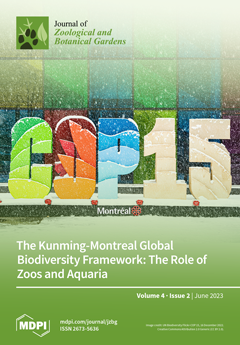Euphorbia resinifera (Zaggûm or Tikiut) is an endemic species of Morocco that grows in the Middle Atlas Mountain range. It is used in folk medicine to treat several diseases, especially various types of cancer. Aim of the review: In this review, we critically highlighted and discussed previous reports on
E. resinifera, concerning its botanical description, taxonomy, geographical distribution, and medicinal use. In addition, bioactive compounds, toxicology, and pharmacological effects were reported. Materials and methods: We searched various scientific databases, such as Scopus, PubMed, Web of Science, SpringerLink, SciFinder, Wiley Online, and Google Scholar, to collect data on
E. resinifera. Studies involving
E. resinifera or its bioactive compounds with regards to antitumor, anti-inflammatory, antileishmanial, antiprotease, immunomodulatory, irritant, and lysosomal activities are discussed here. Results:
E. resinifera has been widely used in folk medicine practice in Morocco to treat several diseases such as diabetes, cancer, and inflammatory skin conditions, as well as to heal wounds. In phytochemistry studies, biochemical compounds have been identified from
E. resinifera belonging specially to terpenoids. Indeed, in vitro and in vivo pharmacological investigations showed that extracts and compounds from the latex of
E. resinifera exhibited a wide spectrum of biological properties, particularly antioxidant, antimicrobial, antitumor, anti-inflammatory, antileishmanial, and immunomodulatory and neuroprotective activities. Conclusion: The use of
E. resinifera in conventional medicine is supported by processes founded on biological evidence. However, in-depth research is necessary to prove the safety and efficacy of
E. resinifera latex extracts and their compounds and to clarify their pharmacological mechanisms. In addition, pharmacokinetic and pharmacodynamics studies are required for extracts and bioactive compounds.
Full article





